Medieval Pilgrims on Parade
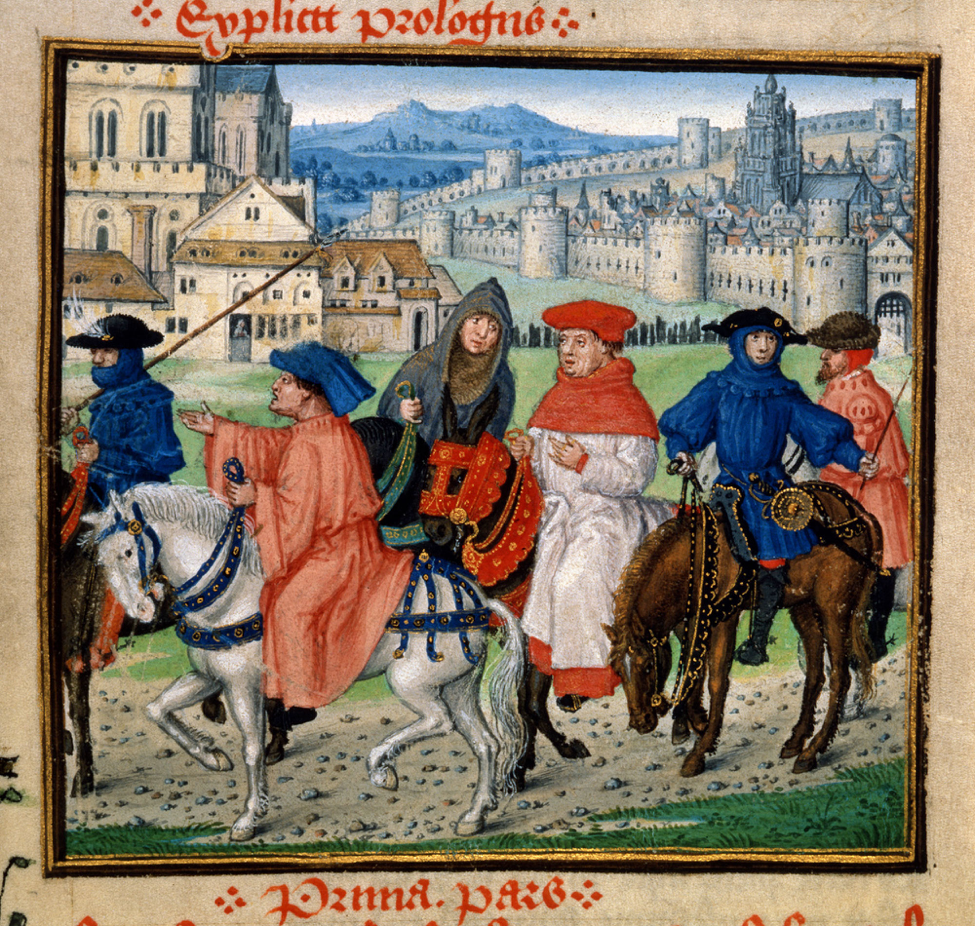
The prologue to the Canterbury Tales concludes by saying that when spring comes, “longen folk to gon on pilgrimages.” Why pilgrimages? Were people just more religious then? And what’s so special about Canterbury? Watch the video lecture below to find out!
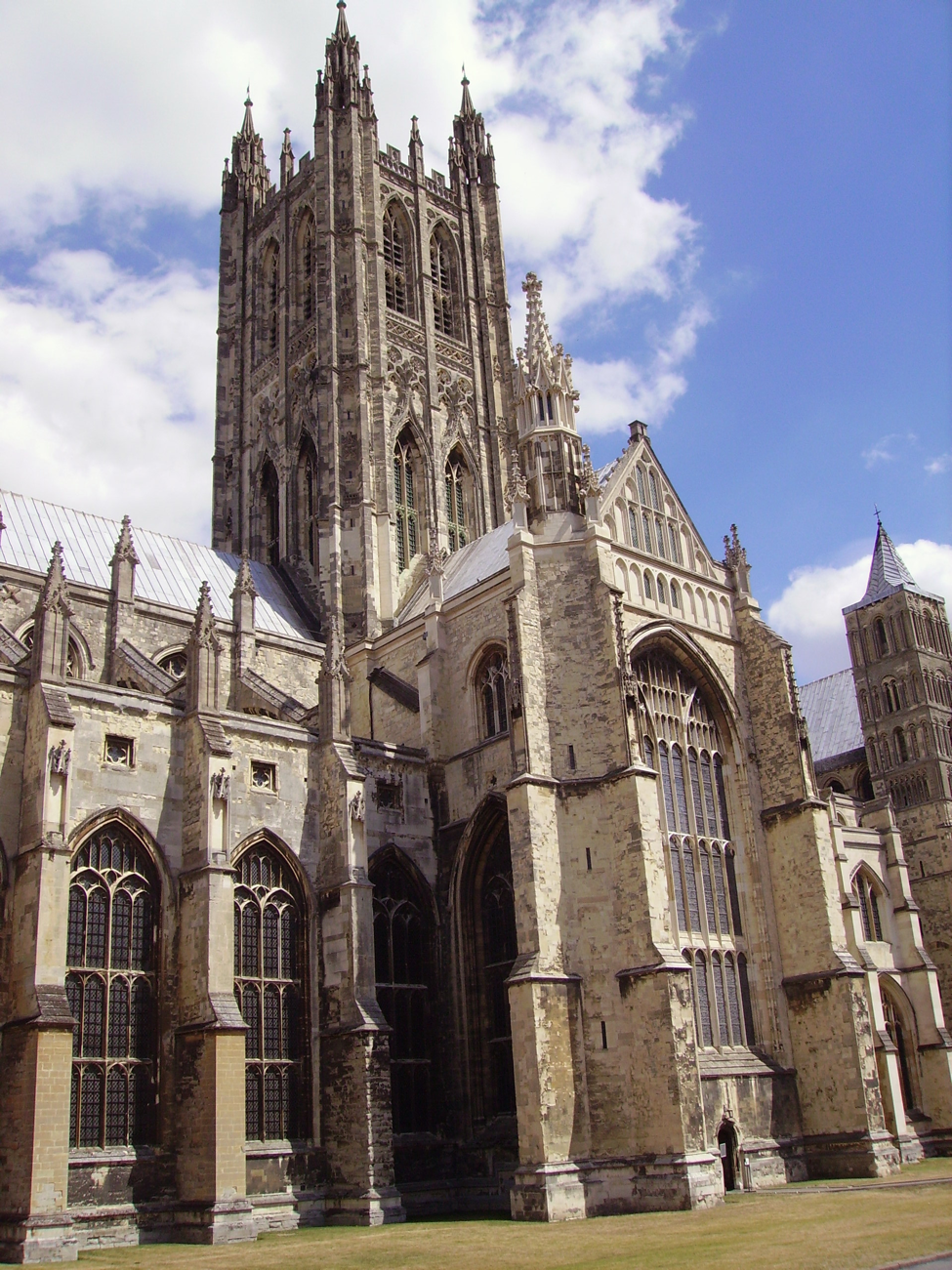
Thomas Becket, Archbishop of Canterbury, embroiled in a struggle over Church-State rights with Henry II, was struck dead before the altar of Canterbury Cathedral by the king’s henchmen in 1170. Becket was quickly celebrated as a holy martyr, and Canterbury Cathedral became one of the foremost pilgrimage sites in medieval Europe.

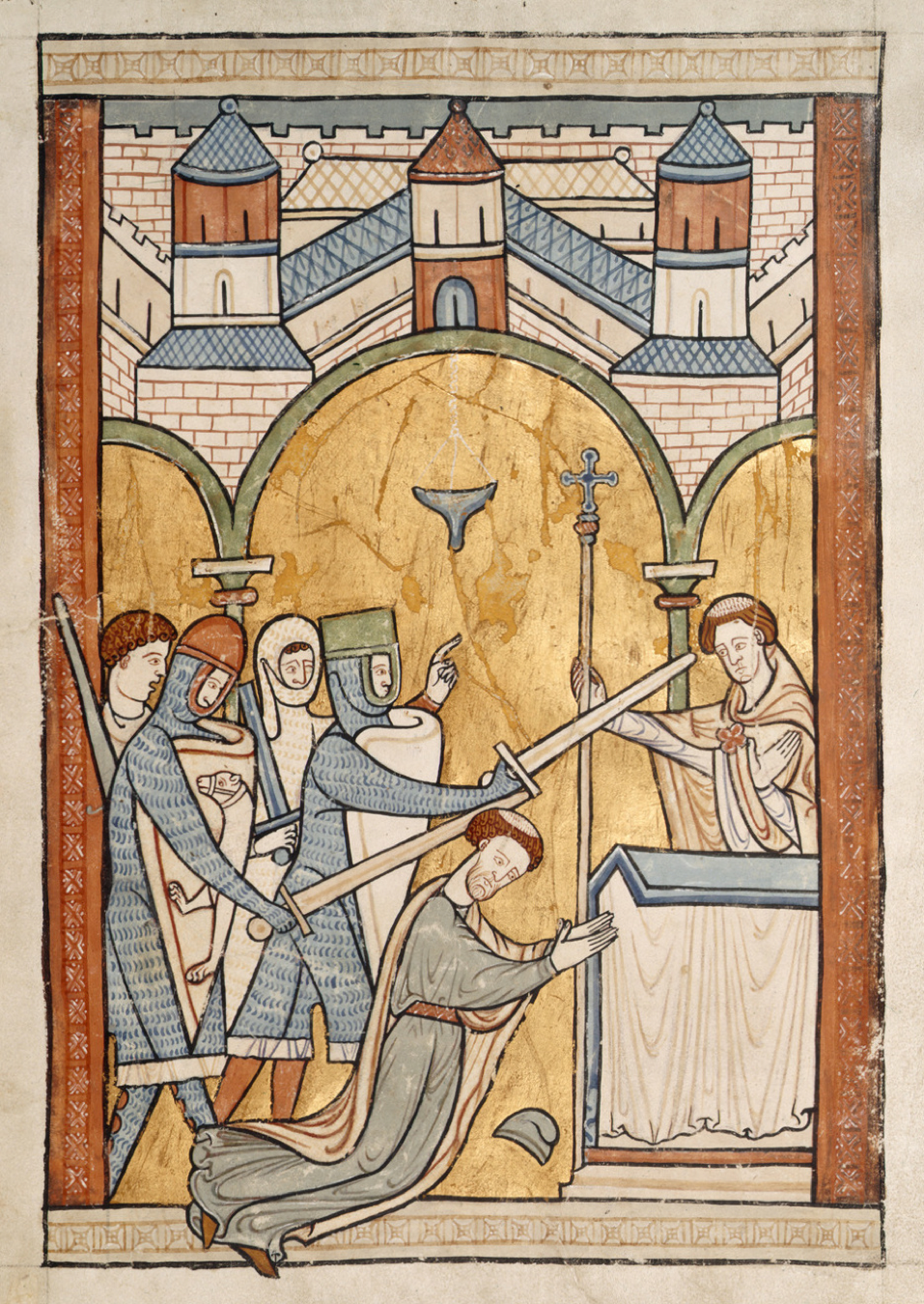
Medieval pilgrims, like modern tourists, might pick up souvenirs from their travels. This small lead flask is from the shrine of Saint Thomas Becket in Canterbury. It was made in the thirteenth century. The wearer could fill it with holy water from Becket’s shrine and wear it around their neck for protection.
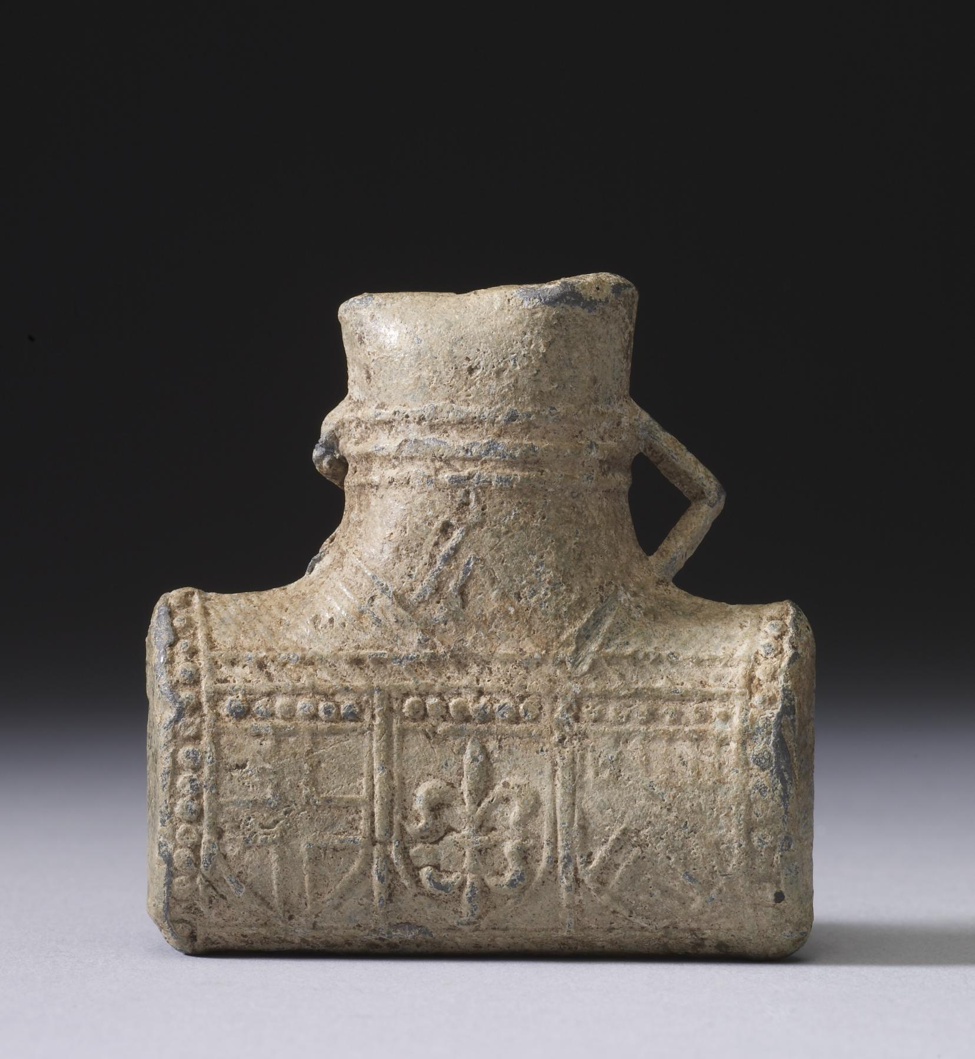
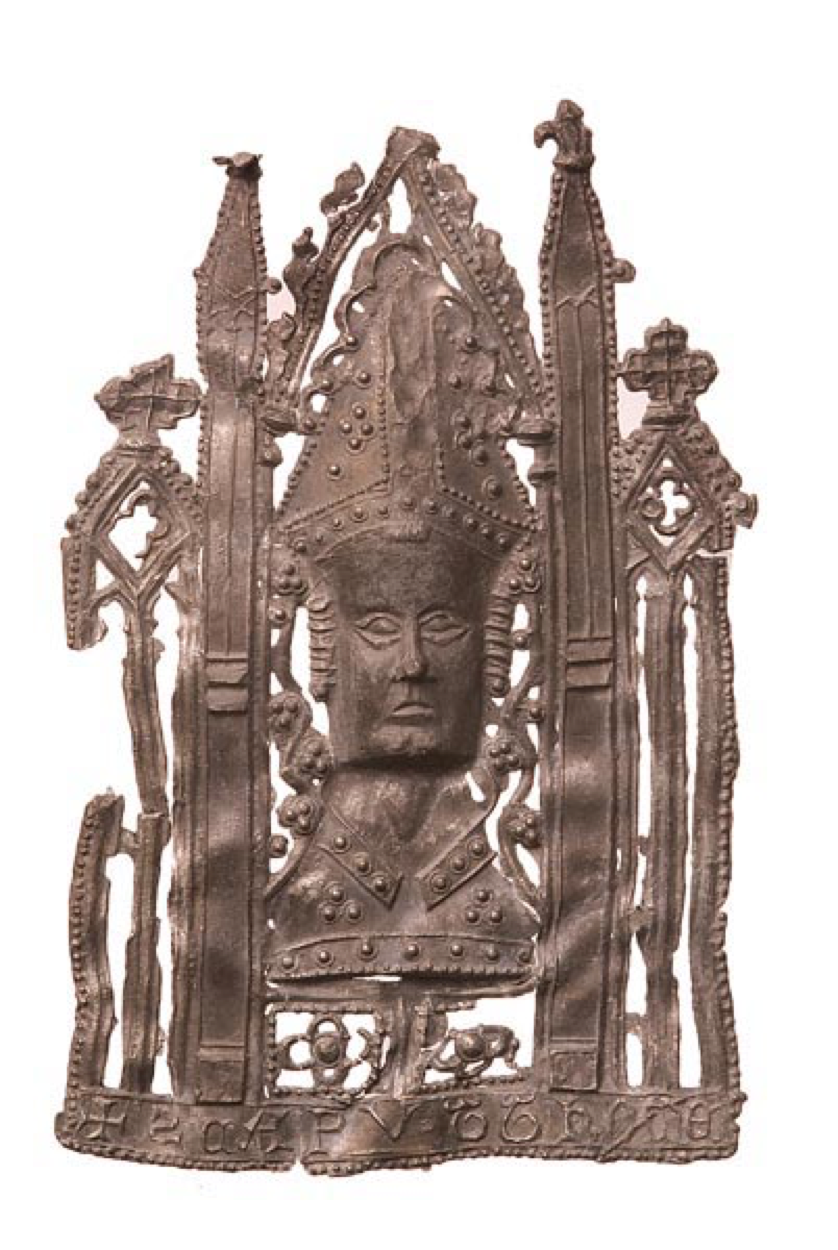
Becket’s ubiquitous popularity came to an end in the sixteenth century, during the reign of Henry VIII, a monarch with his own axe to grind with the clergy. The delightful account of how Henry posthumously tried Becket for treason may be apocryphal, but Henry did succeed in transforming Becket from the saint everybody loved to the saint everybody loved to hate:
The story of the fall of the shrine and the overthrow of the power of the martyr is so remarkable and was so implicitly believed at the time, that it cannot be passed over in spite of the doubts which modern criticism casts on its authenticity. It is said that in April, A.D. 1538, a write of summons was issued in the name of King Henry VIII against Thomas Becket, sometime Archbishop of Canterbury, accusing him of treason, contumacy, and rebellion. This document was read before the martyr’s tomb, and thirty days were allowed for his answer to the summons. As the defendant did not appear, the suit was formally tried at Westminster. The Attorney General held a brief for Henry II, and the deceased defendant was represented by an advocate named by Henry VIII. Needless to relate, judgment was given in favour of Henry II, and the condemned Archbishop was ordered to have his bones burnt and all his gorgeous offerings escheated to the Crown. The first part of the sentence was remitted and Becket’s body was buried, but he was deprived of the title of Saint, his images were destroyed throughout the kingdom, and his name was erased from all books. The shrine was destroyed, and the gold and jewels thereof were taken away in twenty-six carts. (Hartley Withers, The Cathedral Church of Canterbury, 1897, p. 13).
Thomas Becket was Archbishop of Canterbury from 1162 until his murder in 1170. He is venerated as a saint and martyr by both the Catholic Church and the Anglican Communion. He engaged in conflict with Henry II, King of England, over the rights and privileges of the Church and was murdered by followers of the king in Canterbury Cathedral. Soon after his death, he was canonised by Pope Alexander III. (source: Wikipedia)
A pilgrim (from the Latin peregrinus) is a traveler (literally one who has come from afar) who is on a journey to a holy place. (source: wikipedia)